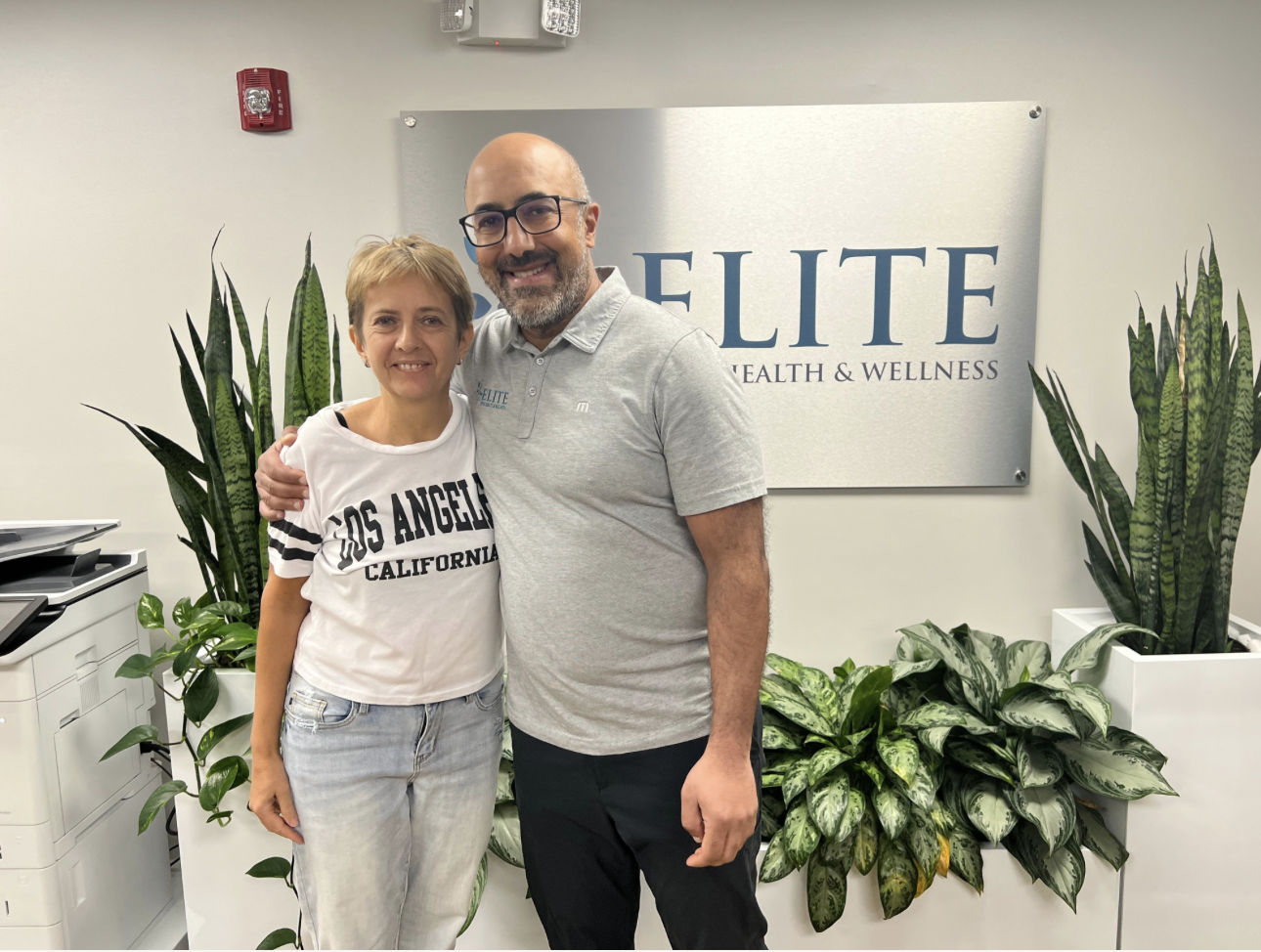Scoliosis, commonly associated with adolescents, also affects a significant number of adults. While scoliosis is most often detected and treated during adolescence, the condition can continue to progress or even appear in adults due to various causes. Understanding the nature of adult scoliosis, from diagnosis through effective treatment, is essential for managing symptoms, improving mobility, and enhancing quality of life.
Understanding Adult Scoliosis
Adult scoliosis is typically categorized into two main types: degenerative and idiopathic. Degenerative scoliosis develops later in life due to wear and tear on the spine, often associated with aging. This form is commonly seen in individuals over 50 and may result from osteoporosis, arthritis, or disc degeneration. Idiopathic scoliosis, on the other hand, is a condition that originated in adolescence and has continued into adulthood. While scoliosis is often mild in young patients, it can progress as they age, leading to pain and discomfort if left untreated.
The effects of scoliosis on adults can vary. Some individuals experience mild symptoms, while others may deal with chronic pain, fatigue, and reduced mobility. Unlike adolescent scoliosis, adult scoliosis is often accompanied by spinal stenosis, a narrowing of the spaces within the spine, which can add additional pressure on the nerves. This can exacerbate symptoms, making it essential for adults with scoliosis to receive regular monitoring and appropriate treatment.
Diagnosis of Adult Scoliosis
Diagnosing scoliosis in adults begins with a thorough physical examination by a medical professional. During this evaluation, the doctor will check for any visible curvature of the spine, uneven shoulders or hips, and any signs of muscle imbalance. In addition to a physical exam, imaging tests such as X-rays, MRI, or CT scans are often used to determine the severity and location of the curvature. X-rays provide a detailed image of the spine and help measure the degree of curvature, while MRIs and CT scans reveal detailed images of the soft tissues, including nerves and discs.
When scoliosis is detected, the doctor will assess the progression risk, taking into account factors like the curve’s location, size, and the individual’s age. A curve measurement over 10 degrees typically qualifies as scoliosis, though treatment may only be recommended if the curve is 25 degrees or more or if symptoms like pain and limited mobility are present.
Treatment Options for Adult Scoliosis
Treatment for adult scoliosis varies depending on the severity of symptoms, degree of curvature, and impact on daily life. The primary goal of treatment is to relieve pain, improve function, and, in some cases, slow or stop the progression of the curve. There are both non-surgical and surgical approaches to treating adult scoliosis.
1. Non-Surgical Treatments
a. Physical Therapy
Physical therapy is often the first line of treatment for adult scoliosis. Tailored exercises help improve posture, strengthen core muscles, and reduce pain. Physical therapists teach patients to perform exercises that stretch and strengthen muscles around the spine, which can provide substantial pain relief and improve mobility. Core strengthening exercises and targeted stretches may also enhance stability and help correct minor imbalances.
b. Pain Management
Pain relief is critical for adults with scoliosis. Treatment plans may include medications, such as nonsteroidal anti-inflammatory drugs (NSAIDs) to reduce inflammation, and muscle relaxants to alleviate spasms. In some cases, corticosteroid injections are administered to provide temporary relief from pain and inflammation in the affected area. These injections are often used when pain radiates down the legs due to compressed nerves.
c. Chiropractic Care and Alternative Therapies
Some patients find relief from chiropractic adjustments, acupuncture, and massage therapy, although these treatments do not correct the curvature. Chiropractors may adjust the spine to relieve pressure and reduce pain, while acupuncture and massage can help relax the surrounding muscles. However, these treatments are usually used in conjunction with physical therapy and pain management.
2. Surgical Treatments
Surgery is typically considered a last resort, reserved for individuals with severe scoliosis (curves over 50 degrees) or those experiencing debilitating pain that does not respond to conservative treatments. The goal of scoliosis surgery is to stabilize the spine, reduce the curve, and alleviate nerve compression.
a. Spinal Fusion
Spinal fusion is the most common surgical option for adult scoliosis. During the procedure, two or more vertebrae are fused together to prevent movement and halt the progression of the curvature. This procedure can help reduce pain and improve stability but may limit some range of motion in the spine.
b. Decompression Surgery
For patients experiencing nerve compression due to scoliosis, decompression surgery may be performed in conjunction with or separately from spinal fusion. This procedure removes portions of bone or tissue that are pressing on nerves, providing significant relief from radiating pain and numbness.
Living Well with Scoliosis: Lifestyle and Self-Care
In addition to medical treatments, lifestyle modifications can help individuals manage scoliosis effectively. Maintaining a healthy weight reduces stress on the spine, while regular exercise, including low-impact activities like swimming or yoga, helps improve flexibility and reduce stiffness. Practicing good posture throughout the day can also alleviate some of the discomfort associated with scoliosis.
Adults with scoliosis are encouraged to prioritize their mental well-being, as chronic pain and limited mobility can lead to emotional challenges. Joining a support group, engaging in therapy, or practicing mindfulness exercises can be beneficial for managing stress and maintaining a positive outlook.
Conclusion
While scoliosis can present unique challenges for adults, advancements in medical care and a variety of treatment options make it possible to manage the condition effectively. From physical therapy and pain management to surgical interventions, adults with scoliosis have multiple avenues for improving their quality of life. By staying proactive and working closely with healthcare providers, individuals with adult scoliosis can live full, active lives despite their spinal condition.


